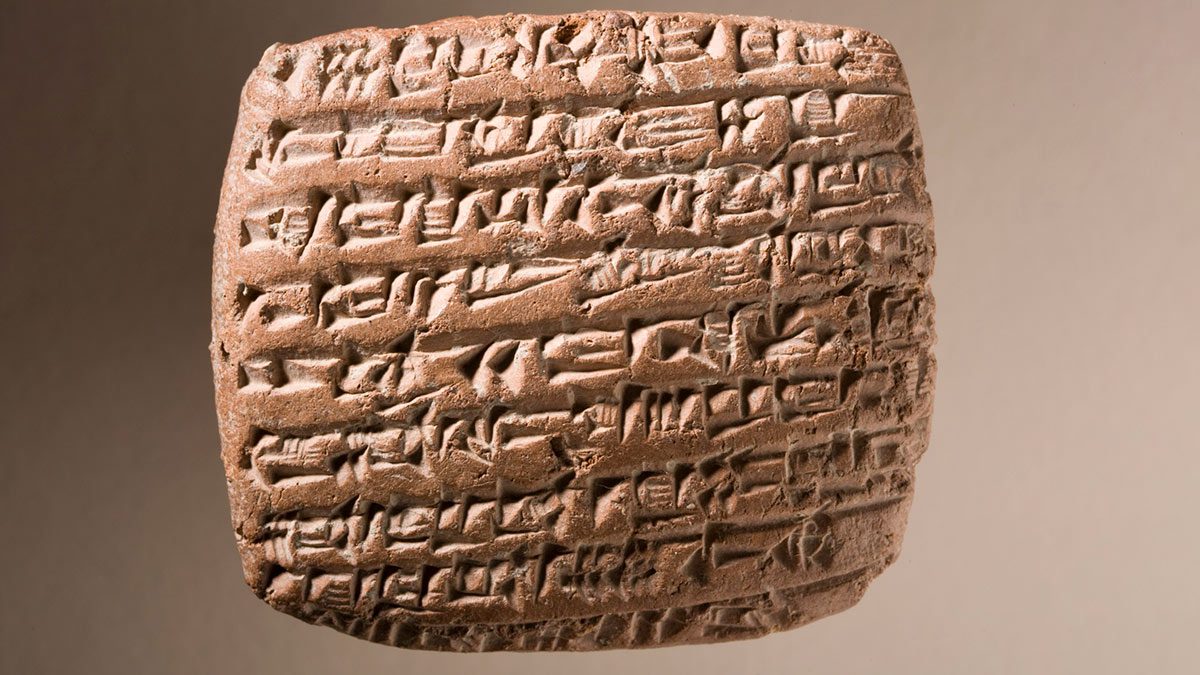The inscriptions on the tablets were in Elamite cuneiform. According to the Tehran Times, the tablets turned out to be ancient accounting records. They recorded how many and to whom were paid silver coins from the royal treasury. The texts mention 136 workers who were most likely masons and plasterers. This is the first time that scientists have proven that workers were paid in silver.
The tablets also reveal the economic, social and religious history of the Achaemenid Empire (550–330 BC) and the larger Middle East region in the 5th century BC. NS.
Darius I was one of the greatest rulers of the Achaemenid dynasty, known for his administrative genius and grandiose building projects. He tried several times to conquer Greece, but in 492 his fleet was destroyed by a storm, and in 490 the Athenians defeated his army at Marathon.
Earlier, an international team of scientists deciphered cuneiform texts on clay tablets from Mesopotamia, just under 4,000 years old. As it turned out, they are about the most ancient culinary recipes known to science.
“These are not very informative recipes, usually four lines long, so there is a lot of speculation,” archaeologist Pia Sorensen said.
Nevertheless, the researchers managed to restore the instructions for stewing lamb. The ancient recipe itself looks like this: “Meat is used. Water is prepared. Fine-grained salt, dried barley cakes, onions, Persian shallots and milk are added. Leek is chopped and garlic is added.”
It is no longer possible to find out the secret of cooking in more detail. However, scientists note that even 4000 years ago, the same ingredients were used as they are now. The basis of the Mesopotamian cuisine was meat.
According to archaeologists, the tablets prove that the ancient inhabitants enjoyed cooking various broths and soups, which they also used for treatment.












